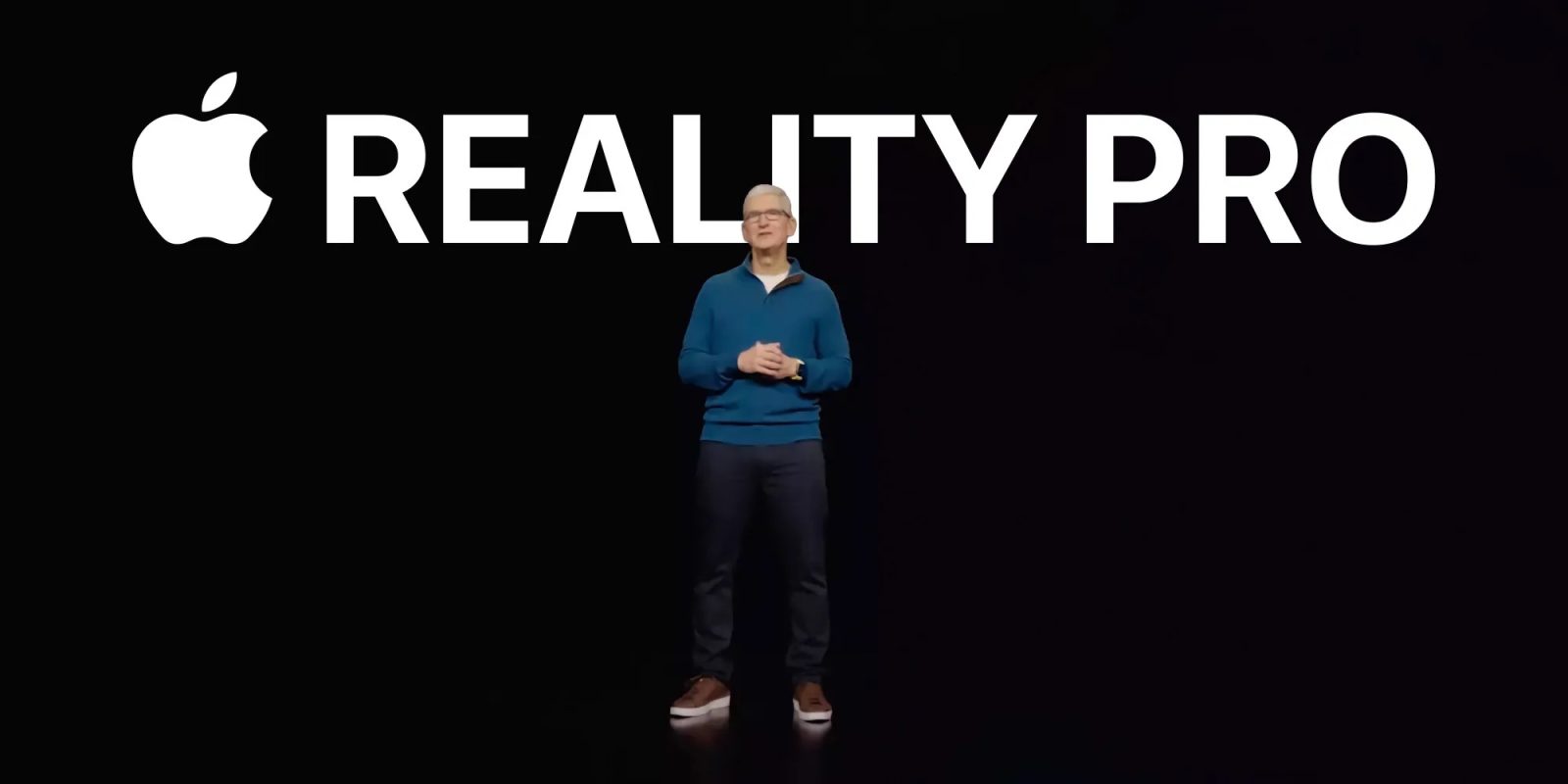
Just because something is hard doesn’t mean it will be great. Apple’s mixed reality headset is, by all accounts, especially difficult to produce, yet Apple believes it has something special. That’s the message from the latest report by The Information, which details just how elaborate and expensive manufacturing the headset has been. The rundown on the state of actually making the headset comes on the near eve of Apple finally unveiling what it’s been working on for years.
Reporter Wayne Ma has been a prominent storyteller of what’s going on behind-the-scenes in Apple world throughout the headset development process. In his latest piece, Ma details the complexity that is helping to drive up cost and limit manufacturing.
For example, the sleek design of the headset is especially challenging to pull off:
The headset is the most complicated hardware product Apple has ever created due to its unconventional curved shape, thinness and ultralight weight—which has resulted in an expected budget-busting price tag of around $3,000. Several internal digital renderings of the device, which The Information has viewed over the past few years, show a piece of curved glass with edges wrapped in a smooth aluminum frame that appears to be slightly thicker than an iPhone.
That curved glass design could also be a major pain point when it comes to durability. One struggle has been balancing durability of the front-facing, curved glass with thickness and weight. This could mean that the headset is even more fragile than iPhone displays, which are hardly immune to shattering, and engineers have been concerned about eye safety if broken glass becomes an issue.
The headset is said to also be very difficult to assemble:
People familiar with the headset’s manufacturing also say its curvature and densely packed electronics have made life difficult for assembly workers because they have little room to maneuver tools and have to install components at awkward angles. Most Apple products, including the headset, are largely assembled by hand.
Requiring a bent motherboard within a thin frame hasn’t helped. Ma says Apple has needed to develop “a bent motherboard to fit inside the headset’s curved outer shell—the first of its kind for Apple—along with solutions for fitting the headset’s lenses and displays into its thin frame.”
As for manufacturing, The Information says that the headset is actually being produced at the same facility as Apple’s doomed AirPower product. Apple is hoping for a fate more aligned to the success of AirPods, however, which doubled in units sold for the first few years. The company is targeting half a million headsets sold during year one.
And while the headset is nearly guaranteed to be presented for the first time on Monday, Ma echoes similar reporting that suggests it won’t go on sale anytime soon.
Mass production of the headset hasn’t started yet, though Apple’s manufacturer has told job candidates it needs to fully staff the headset’s factory by July, according to an engineer who has interviewed with the manufacturer, Luxshare Precision Industry. That would suggest a launch date of either fall or winter as Apple typically takes several months to ramp up production of its products.
Recent design tweaks have been made, Ma says, as an attempt to simplify the manufacturing process. You can read the full piece here.
As a reminder, Apple is holding its WWDC keynote address on Monday, June 5, at 10 a.m. PT/1 p.m. ET. 9to5Mac will be in attendance at the event, where we expect to officially hear about the mixed reality headset for the first time from Apple.
FTC: We use income earning auto affiliate links. More.





